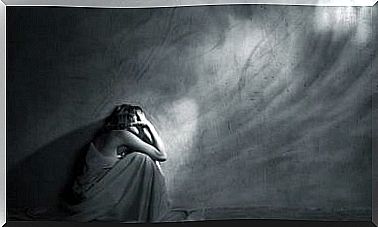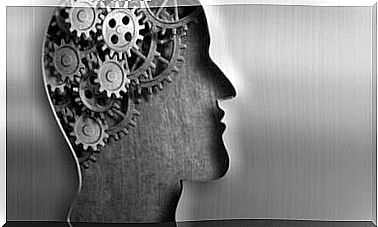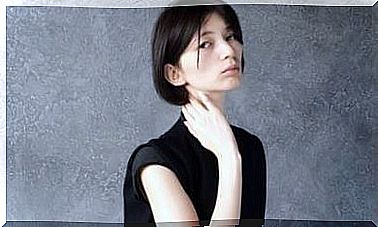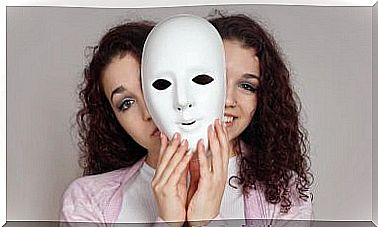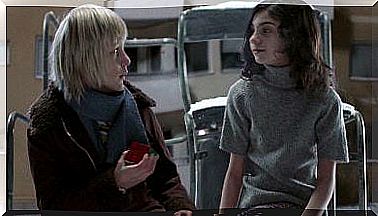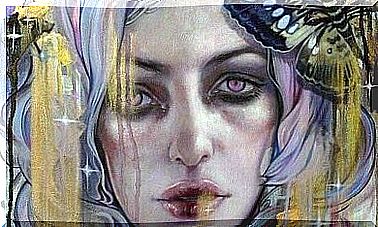Intuitive Theories Versus What Schools Teach
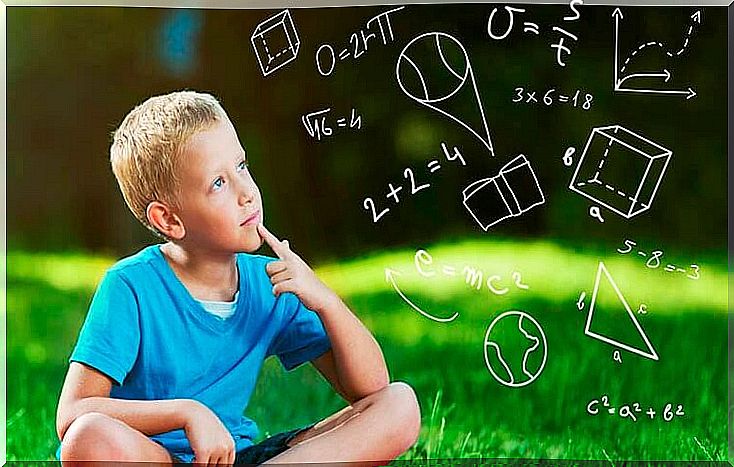
Before we start talking about them, let’s try to clarify what intuitive theories are. A child before entering school is not a blank mind, before starting to study the child has already created a series of theories that explain their reality, these are intuitive theories.
Now, how are these intuitive theories of the child? These theories are not based on an exhaustive analysis of reality, quite the contrary. Intuitive theories are based on rapid reasoning of the perception of their reality and constitute the common sense of the child. An example of them may be that the child thinks that the earth is flat.
Being created by common sense, these theories are either incorrect or very imprecise. If we want children to really learn what reality is like, we must manage to break with those intuitive theories and replace them with those that explain the facts correctly. This looks like school work. But does the school take care of this, does it really fulfill this function?
Although I have posed intuitive theories from the perspective of childhood, they are formed and exist throughout our lives. Whenever an event occurs, be it physical, social, political … that escapes our knowledge, our brain generates a theory that explains it through our common sense. A common sense that is usually wrong or imprecise to unravel great phenomena, which does not mean that it is a vital aid in everyday life.
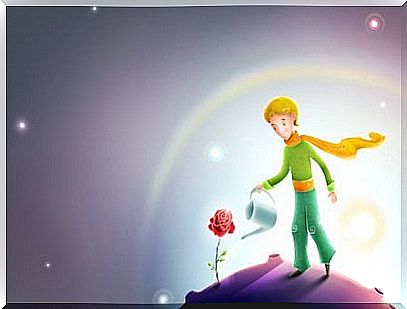
Intuitive theories and the school
Here we find a problem, our educational system plans classes as if students were passive subjects. For school, students are empty glasses that they have to fill with knowledge. However, this is not the case: the student is like a plant that must be watered so that it grows freely.
First, let’s talk about why the school sees students as empty glasses. If we go to a typical class we will find about 20 or 30 students sitting in front of a teacher who explains, with the support of a blackboard, a series of contents that the students will have to memorize and then translate them into an exam. In this didactic model, it is obvious that students are only passive subjects of learning: their only task is to listen to the teacher and do what he tells them.
The passive situation of the students causes them not to reach a deep understanding of the contents, they simply memorize literally what the teacher exposes them. Therefore, in this situation, what will happen if a student has a wrong intuitive theory and receives the information, the one that would help him to break with it, passively? The answer is that the student would continue to believe in his intuitive theory while keeping the correct theory in his head, even if they are contradictory.
Two contradictory theories in the same head
How is it possible for the student to keep two contradictory theories in his head at the same time? This is because by failing to achieve a deep understanding of the correct theory, the student ignores the existing contradictions with his intuitive theory. When the student is in the school environment and the teacher asks him, he will go to his memory and respond with the correct theory. However, when faced with a problem in a real situation, he will turn to his intuitive theory, which is what he really believes in.
To understand this we can do a small exercise, I want you to take a moment to think about the following question, if we jump very high up while going up an escalator, on which step do we land: the same one we were on, the previous one or in the later?
Intuition tells us that when we jump, we remain in the air while the ladder continues to climb, so we will land on the next step; But this is wrong, Newton’s law of inertia tells us that any body in motion stays in motion as long as the resultant of forces on it is zero, therefore we would land on the same step, since we would maintain the movement -the corresponding axis velocity of the ladder during the jump.
If you have got the question right, I congratulate you, if you have failed, do not worry, problems of this type were asked of recently graduated students in Physics, in an investigation carried out by the psychologist J. Clement, and 88 percent of them gave a wrong answer. Here we have a test of how the students, despite the fact that they can do complicated physics exercises perfectly using the theories they learned during their studies, when they are asked a question outside the academic field, they pay attention to their intuitive theories.
Is there a solution to this problem?
The solution for successful theories that explain reality correctly is to achieve a deep understanding of the facts that falsify intuitive theories for the same phenomenon. Unfortunately, the current educational system is not able to achieve a legitimate learning of knowledge because it ignores the student as an active agent of their own learning.

To achieve a deep understanding and rejection of these erroneous theories, the classroom should be a place of debate where students can present their theories and with the help of the teacher, adjust them to bring them closer to the correct theory of facts.
The question we have to answer is: how can we turn the classroom into a space for debate?
